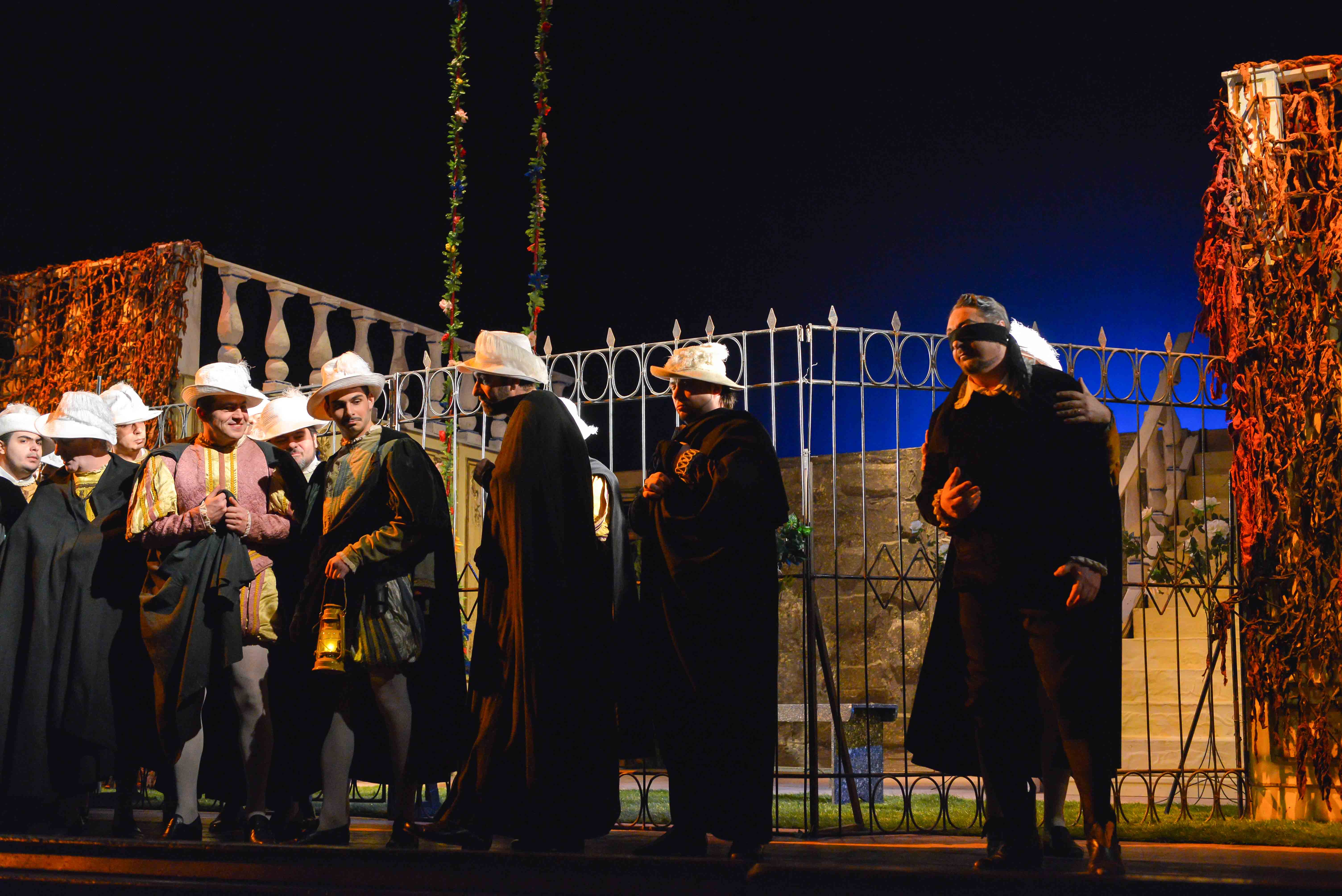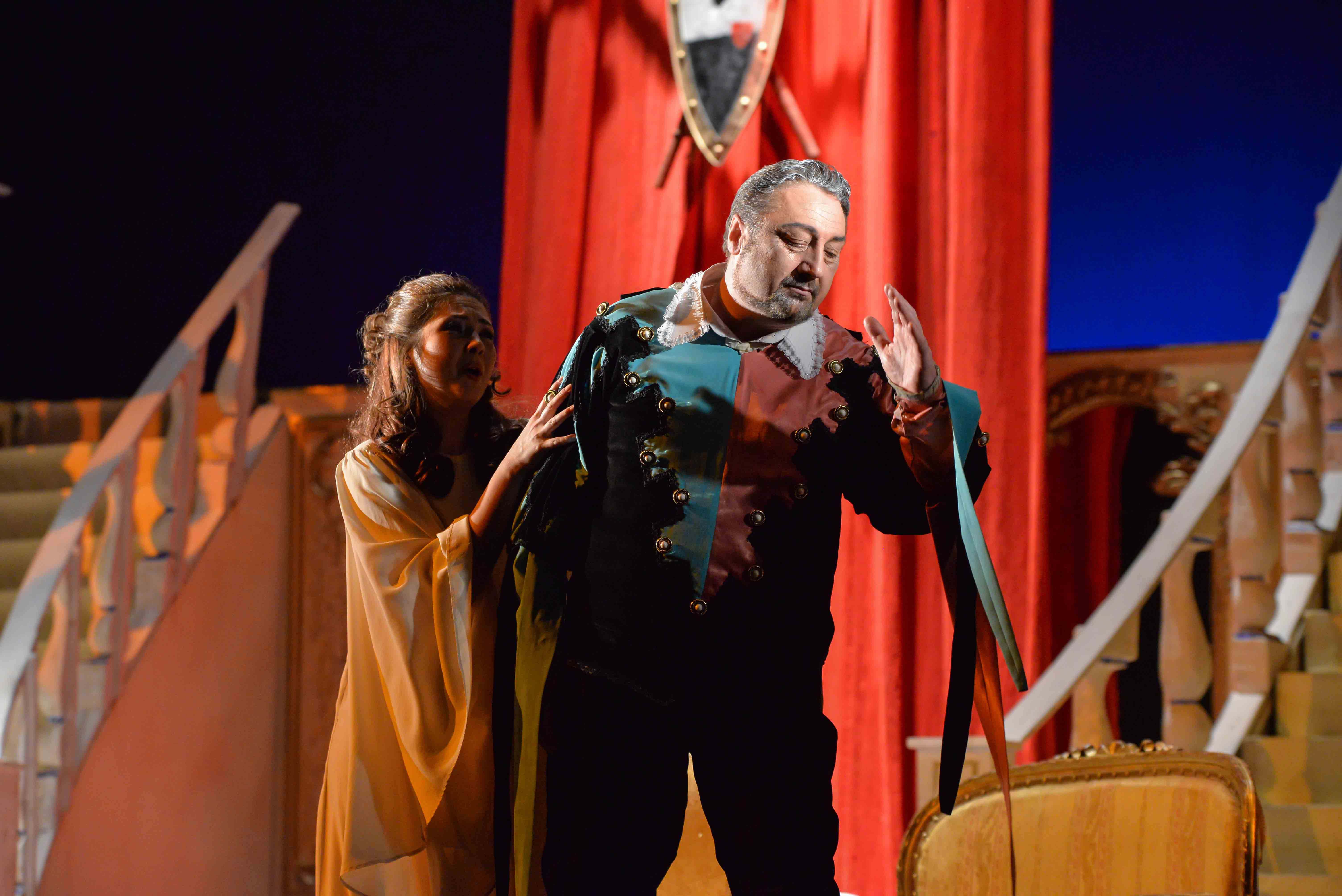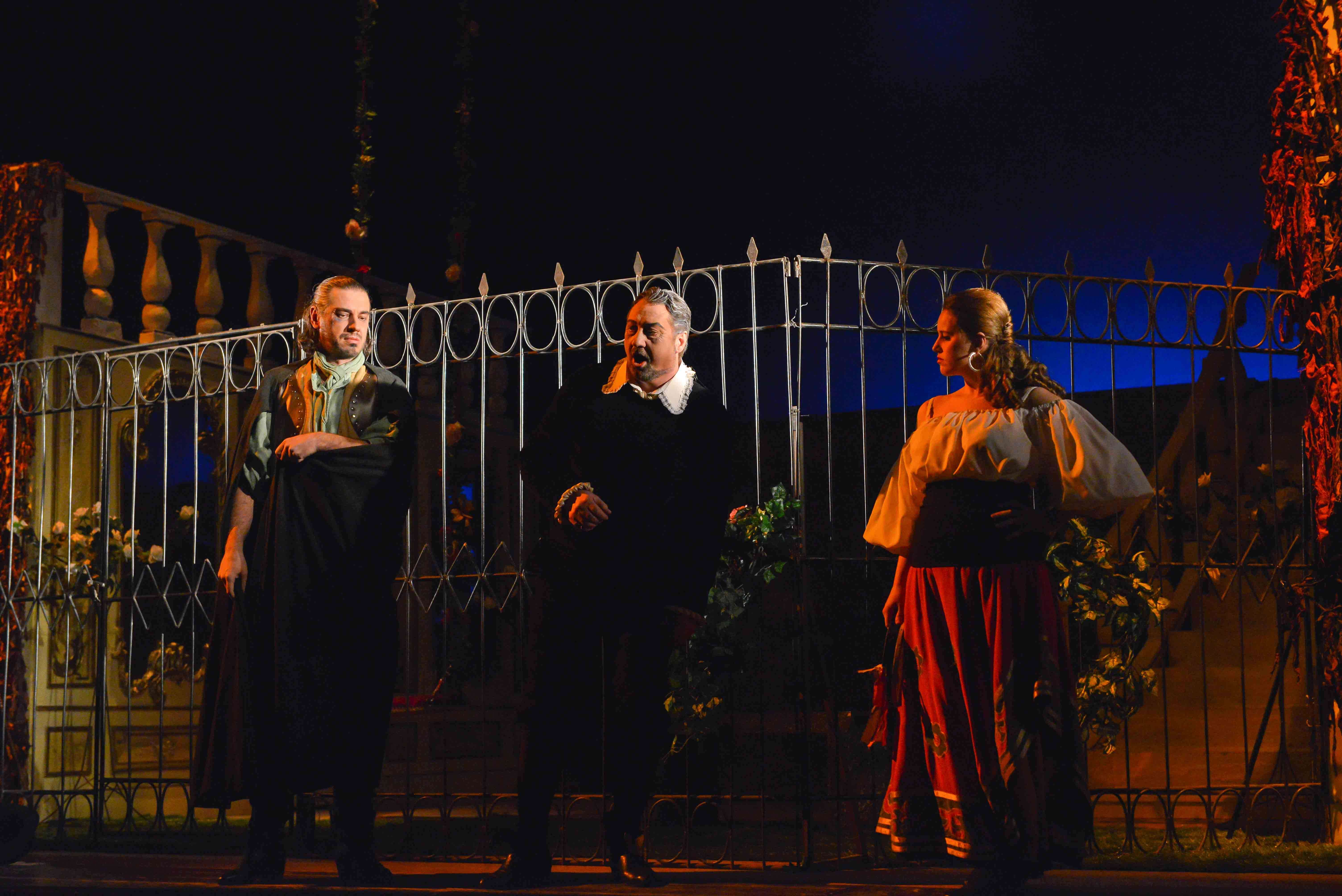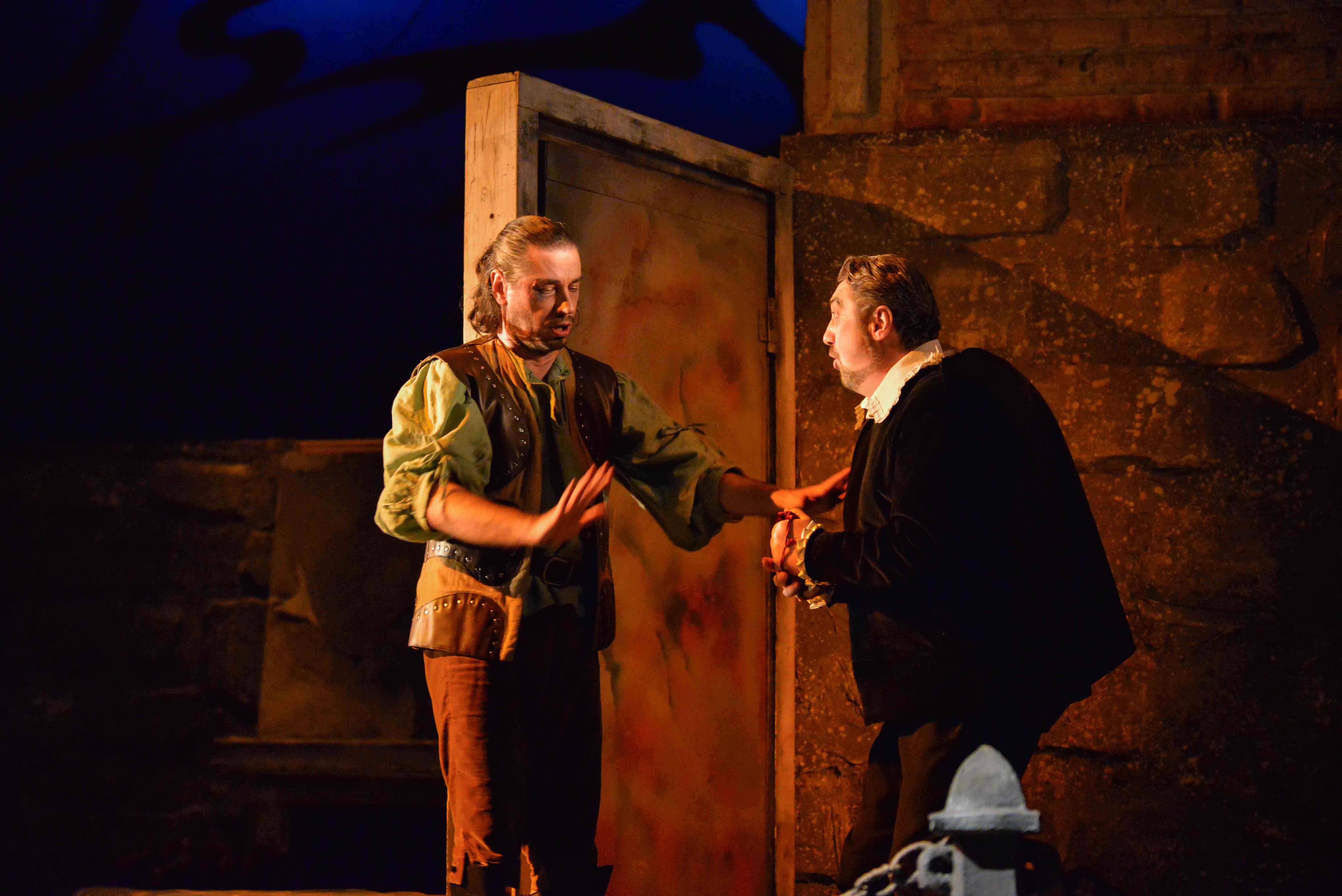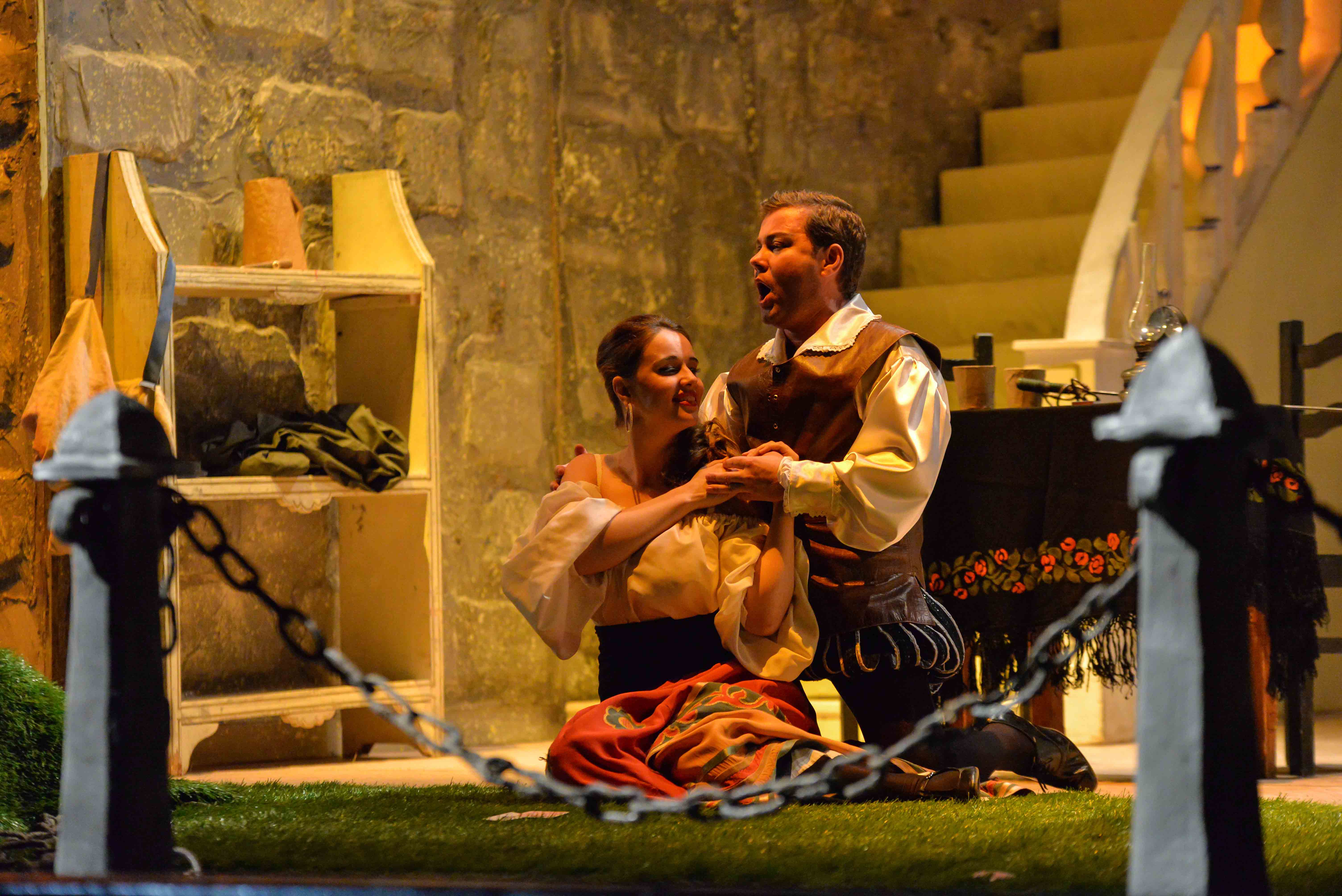
ONLINE PERFORMANCE
distribution
Artistic direction and scenography: Emil Strugaru (guest)
Conception of costumes for characters Rigoletto and Duke of Mantua: Anca Pintilie
Choregraphy: Adrian Mureșan
Chorus master: Emil Maxim
Chorus conductor: Corneliu Felecan
Coregraphy adaptation: Octavian Popa
Stage and backstage direction: Cristina Albu
Duke of Mantua: Florin Guzgă (invitat)
Rigoletto: Florin Estefan (debut)
Gilda: Diana Alexe
Maddalena: Liza Kadelnik
Sparafucile: Corneliu Huțanu (debut)
Count of Monterone: Horațiu Ruști
Giovanna: Viktoriá Cormoș (debut)
Marullo, knight: George Godja
Mateo Borsa, a courtier: Sergiu Coltan
Count of Ceprano: Sebastian Balaj (debut)
Countesse of Ceprano: Larisa Ștefan (debut)
Doorman: Várga János
Page: Oana Trîmbițaș (debut)
The Orchestra and Men Chorus of The Romanian National Opera in Cluj-Napoca
description
show category: Online performance
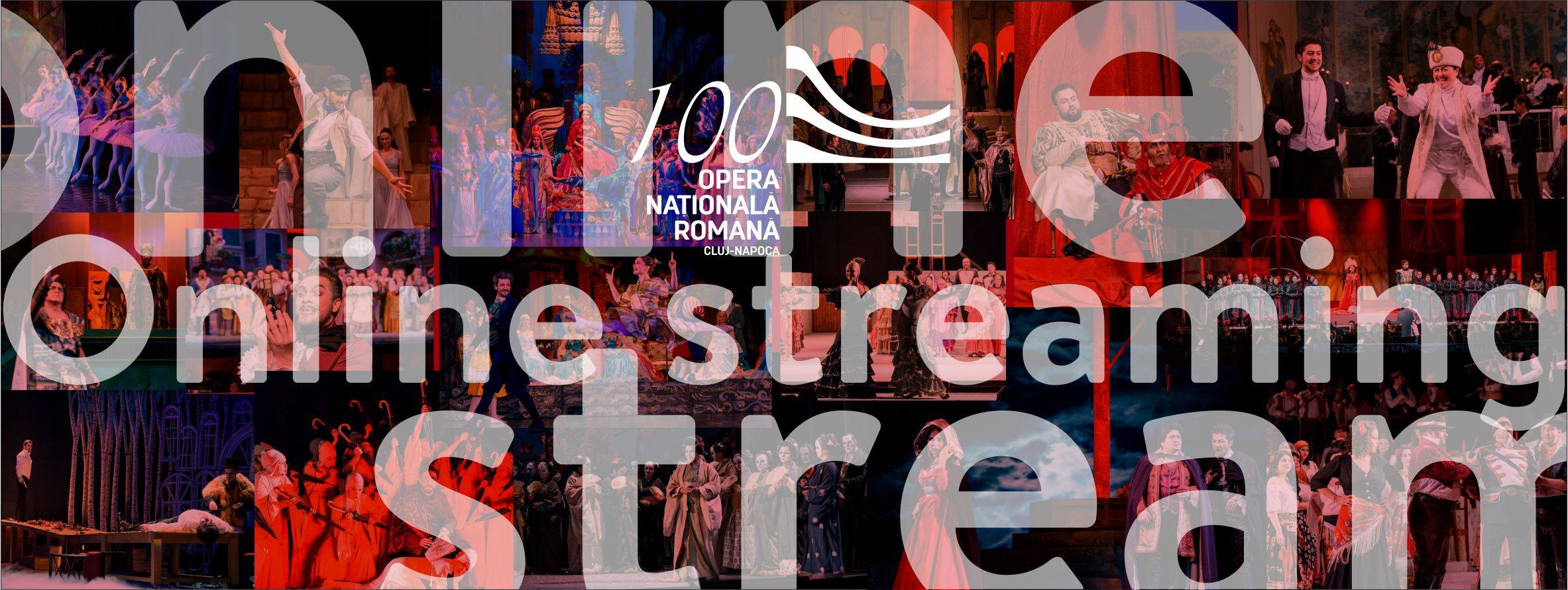
Opera in three acts on a libretto by Francesco Maria Piave, after the play Le roi s’amuse by Victor Hugo
One of Verdi’s most popular operas, Rigoletto enabled the composer to get close, for the second time during his creative activity, to the French poet, playwright and novelist Victor Hugo, whom he had first met while writing his 1844 opera Ernani. But contrary to the sense of honor and the noble-mindedness highlighted in the preceding work, the buffoon Triboulet’s drama is linked to the king François I’s immorality and lust, and mirrors the character’s own ironic stance towards the victims of his master. The fact that Hugo’s play – which Verdi deemed as “worthy of Shakespeare” – was prohibited short after its Paris premiere because of that questionable portraying of the monarch, did not stop the composer from transposing its subject in an opera and facing, on his turn, the censorship of the Austrian authorities.
In order to be allowed to stage his opera, Verdi first changed the initial title, Le maledizione (“The Curse”), with a title extremely suggestive for the tragedy of the main character – now Rigoletto –, switched the action from the French court to a small Italian Duchy – Mantua, also changing the identity of the negative character – the lothario king – with a duke. The dramatic development remains otherwise unchanged: Count Monterone, betrayed by his wife, who had fallen for the Duke of Mantua’s charms, becomes a great laughing stock at court, a fact which makes him curse Rigoletto. Although the buffoon was apparently safe, as he enjoyed the favours and the support of his master, which allowed him to regard ironically the betrayed men, the buffoon soon gets to plan the murder of the duke, in order to avenge the dishonoring of his own daughter. Gilda is aware of the questionable character of the man she loves, but this does not stop her from committing to him and eventually sacrificing herself in order to save his life. The story ends abruptly when Rigoletto makes the shocking discovery that the inert body paid for to the assassin Sparafucile belongs not to his rival, but to his beloved Gilda. The curse has come true!
The quality of the subject, the dramatism of the action, the complexity of the characters prove that, in the discourse of the opera Rigoletto, Verdi has the impressive capacity to use his composing resources and the strongly individualized language in order to produce an enthralling music, whether we think of small ensemble moments (which are, after all, dominant), descriptive passages, and so on. The premiere of the work took place on 11 March 1851 on the stage of Venice theatre La Fenice, to an astounding success. Since then to our days, opera Rigoletto’s fame has only increased, reasserting the statute of Verdi’s masterpiece and taking its place in the repertories of great opera houses all over the world.

